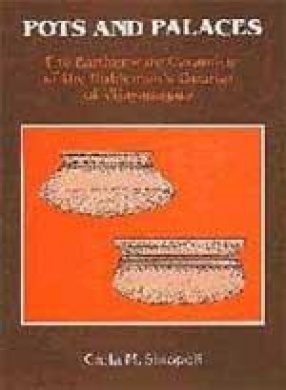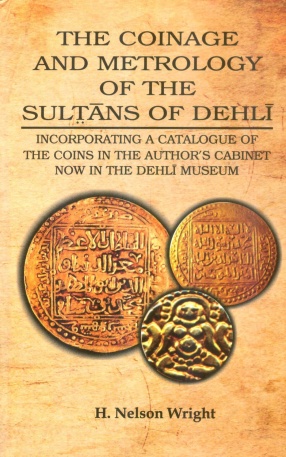The study of archaeological ceramics has typically focused on questions of chronological reconstruction. However, as this volume demonstrates, the detailed study of archaeological ceramics can also provide important information on a variety of aspects of social and cultural life in ancient times. This innovative volume presents the first comprehensive study of historic ceramics conducted in India. The author has made an exhaustive analysis of several thousand ceramic fragments recovered in excavations carried out by the Directorate of Archaeology and Museums, Government of Karnataka, in an elite residential area of the important South Indian capital of Vijayanagara. This amply illustrated volume will serve as an important source on Vijayanagara ceramics and, at a more general level, as an important model for future studies of archaeological ceramics. A comprehensive statistical approach to the classification of Vijayanagara ceramics is first presented. This is followed by a detailed consideration of ceramic use and activity distribution in the eleven excavated palace compounds from the Noblemen’s Quarter area of Vijayanagara. Finally, the author compares the Noblemen’s Quarter ceramics with collections made from other areas of the site, the city’s main Islamic Quarter and a lower status residential area known as the East Valley. Differences in ceramic frequencies and wares in these three areas can be attributed to cultural and behavioral differences, demonstrating the relevance of ceramic analysis to the study of the social, cultural and spatial organization of ancient settlements.
Heaven on Earth: The Universe of Kerala’s Guruvayur Temple
Every day of the year, ...
$192.60
$214.00





There are no reviews yet.